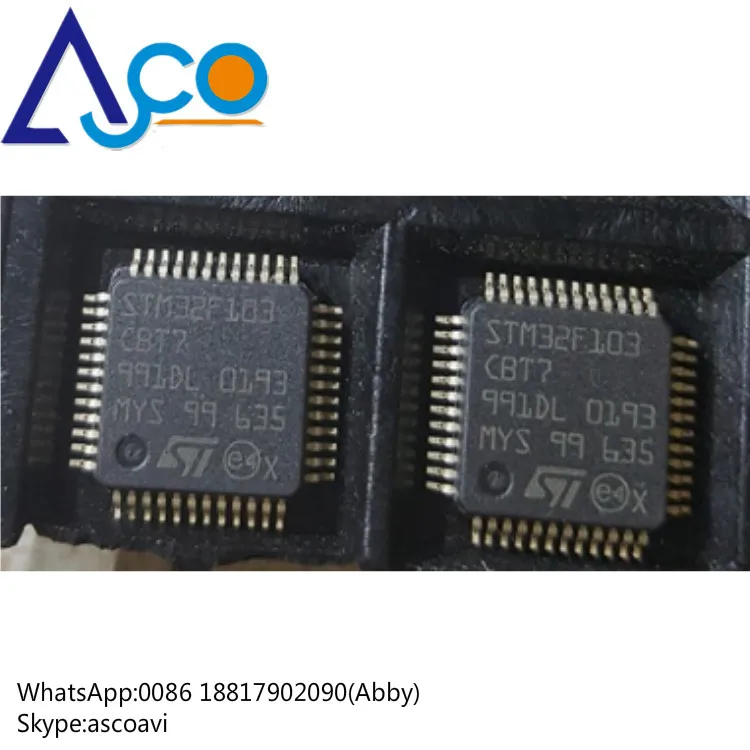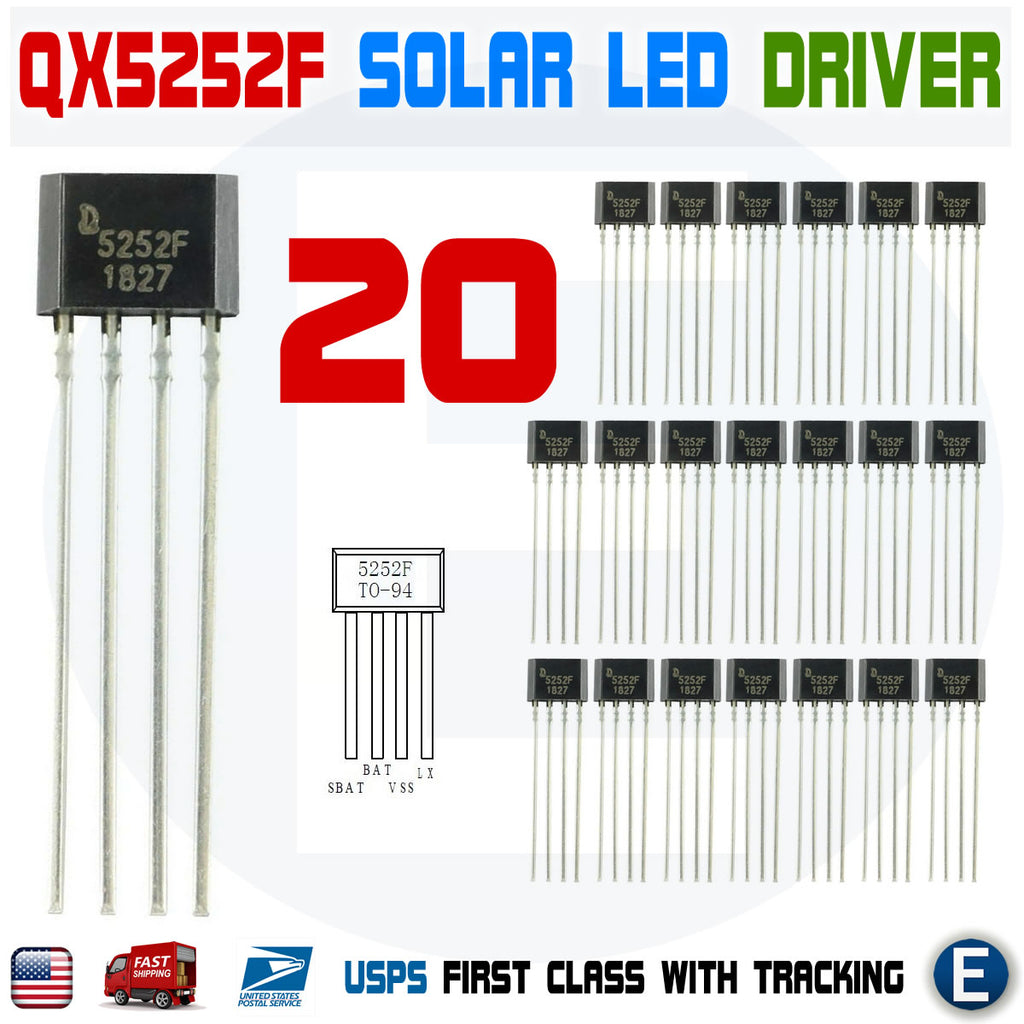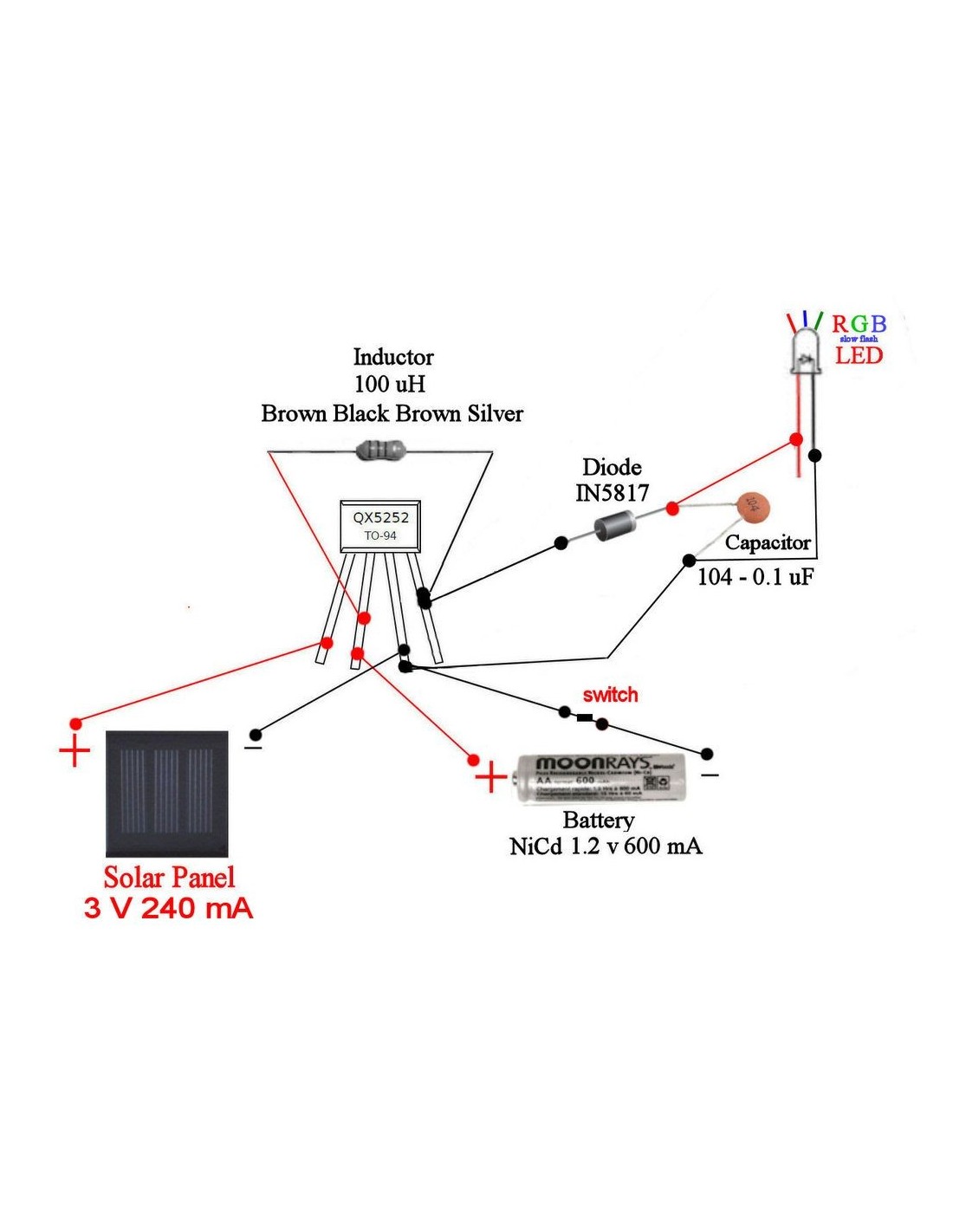
Set the supply voltage to 0.2V over the highest V f. If the LED has a 3.1V V f and the supply is 3.3V the efficiency will be 94%. Tweak the voltage of the converter to just above the highest forward voltage for maximum efficiency. Measure the forward voltage of each LED before calculating its resistor value. You can use a single resistor for each LED. With a voltage source, rather than current, you will not need current balancing. This regulator uses a small 3.3mH inductor and is has good efficiency for your project even when the battery is nearly discharged at 1.1V.Įven with an AAA 80% efficient step up converter and 90% efficient resistors you should still get 60 hours with a fully charged AAA NiMH and over 120 hrs with an AA.ĭischarge characteristics for an AAA NiMH. I would suggest you use a Low I Q Monolithic Power MP3416 with 0.86V to 5.5V output step-Up converter.

There are some that are made especially to work with a single alkaline or NiMH battery.

Once you get the battery charged consider using a real boost step up regulator. The proper battery charging with the solar panel will be my next step. You need to measure the voltage and current while charging the battery on sunny and overcast days. I have some 100 watt panels that will charge those batteries. Solar cells need a lot of irradiance to produce usable wattage. What you are not saying is the measured wattage of your solar cell at the light levels you will be using. You will not likely get a 1000 mAh charge in a single sunny day. I can control the current that goes to the LEDs. To make this work well with solar cells you need to use an energy harvester (like the TI bq25570) to charge a battery. An energy harvester can work with a solar cell's output. Solar cell's voltage outputs have a large range of voltage from zero to their max. If you really want it to work, use an energy harvester. I also made this one for Photopic Luminous Efficacy: Relative Sensitivity Curve for the C.I.E. The colors use the CIE factors to convert wavelength to RGB I created this web page that shows the conversion factors from luminous lux, to radiometric watts, and quantum (number of photons) So you would be better off mixing blue (preferably 450 nm) and red (preferably 660 nm deep red) to get purple. 470 nm blue needs 0.016 µmols to generate 1 lux.

A 12.4 µmols of photons are required to get 1 lux from a 400 nm LED.

A 400 nm purple LED would need 773 times more photons than a 470 nm blue LED to achieve the same luminous intensity. Purple is very difficult to get luminosity. The Cree 11,000 mcd blue LED will work much better than a 2,200 mcd purple. Less current also gives you a lower forward voltage. This means you get more light with less current. Use current mirror transistors to balance rather than resistors: Current distribution in parallel LED stringsįirst off you need to use LEDs with a very high luminous intensity. Pay attention to your LED forward voltages.
#5252f chip series
Use only 2V red, yellow, and orange LEDs.Ģ NiMH batteries in series may work better. You should not need more than a few mA if you use high luminous intensity LEDs. You are expecting too much out of the QX5252, an NiMH battery, and a little solar cell.


 0 kommentar(er)
0 kommentar(er)
